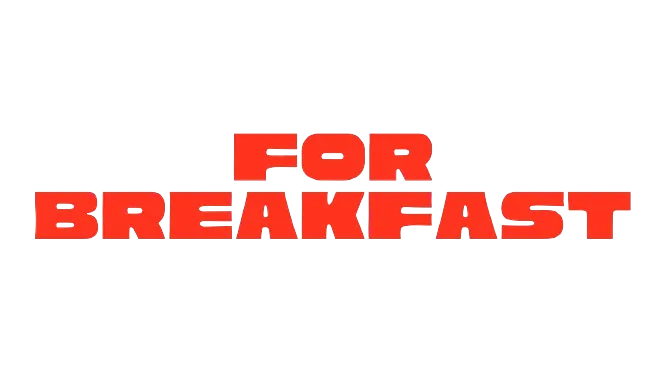should artists be able to change their album art?
"We seem very worried about what’s temporary online (marketing stunts), when maybe we should more heavily scrutinize what could or should be permanent (getting to tap on the 'Crash' artwork)."

In 2024, Charli XCX modified every cover of every one of her albums across major streaming platforms to match her impending brat era: sans-serif text on a solid wash of color. Many, myself included, thought the change to be temporary, as most marketing stunts for studio albums are. However, after nearly a year of minimalist text boxes in place of their favorite album covers, Charli’s fans started to get antsy.
In response, Charli had an answer: that everything she does has a purpose. And, in the lead up to this year’s Coachella, she teased the start of that purpose, a scratched out version of the brat art on a billboard for those heading to the festival. That change in artwork then made its way to streaming platforms (and the brat generator) this past Tuesday.
Between Charli’s tease and the actual digital switch to brat’s cover art on streaming, Ke$ha was next in line for this promotional move. For her, the trend came in the form of a bright pink dot on all of her records in honor of her upcoming album… period.
While Charli and Ke$ha are not the first musicians to use modded covers for an album cycle (see: Doja Cat, Lil Uzi Vert), I feel confident this won’t be the last time we see this tactic, especially as a tool in the pop star playbook.
Fairly recently, Tate McRae attempted a variation: an album cover bait-and-switch with the release and quick rerelease of So Close To What with a new cover, new tracklist order, and one extra song (that wasn’t very good). After a mixed to negative response, Tate’s team reinstated the original version of the art and scrubbed the new artwork from streaming, even as a digital deluxe.
Therein lies the question, and two different ways it plays out. 1) An artist changes their album art and it’s chic and fresh and surprising OR 2) an artist changes their album art and it feels haphazard and sloppy. Should artists be able to change their album art at all?
I’m going to go with my gut reaction to this scribbled out version of the brat era. I think (mostly) this is a good thing:
Altering album art isn’t the only way musicians have modified the digital streaming experience of their projects. Spotify plays videos in the background, Apple Music allows overlays on its interface and animated components of the art. These customizations are hit or miss depending on the artist or project, but most of these changes are subtle and disappear after a week or two.
Most of us can agree: It’s fun and cool for artists (and their teams) to modulate how you experience their work.
But what about other parts of a rollout? Think bigger. Think Billie Eilish adding all 110 million of her followers to her close friends list on Instagram stories bigger. Outside of music streaming, we can observe how the biggest, most profitable platforms are able to bend or even break their own rules for their most influential users.
Considering a recent episode of Hard Fork, it seems the tech oligarchs of today (Zuck, Elon, Bezos, Cook) are ready to “bend the knee” to the Trump administration. I suggest the pop cultural arms of their businesses bend the knee to the biggest pop stars. — Maybe Chappell Roan was onto something about wanting the president to be a pop star…
For as long as music has been profitable, larger artists have had access to tools and resources smaller artists haven’t. It’s not a level playing field, but there are many things that are fixed about the music industry as well. Artists release albums. Albums have songs. Songs go in a certain order. Shorter albums are EPs. And on and on. These conventions and standards aren’t something we question because there’s no real way to go about changing or subverting them unless you for some reason don’t have Apple or Spotify as part of your pop music takeover plan. The larger the musical artist, the more power they have to challenge a standard, but that artist can only go as far as a digital platform lets them.
Of course, labels can do whatever they want when it comes to what .png shows up on what platforms, and there’s a monetary incentive for streamers to play into the marketing moves of the biggest stars. However, it’s possible we’re going to have to start considering streaming platforms like Spotify as a kind of public service as much as Twitter or network television are. The role streamers have in our lives is an important one to confront, especially if these platforms continue to take up most of the market cap when it comes to the dissemination of culture.
Despite physical media like vinyl records, CDs, or album merch as tangible proof of the visuals associated with music, I wonder if platforms have some sort of responsibility to preserve any part of a musical project that comes out on release day. Or, if we’ll wade further and further into a gray area of digital music release with promotion cycles that never really end.
What if you just don’t want to participate?1 Is getting a new brat cover like getting a U2 album added to your library without your consent? What if you like the stray hair on the evermore cover, but Taylor decides to remove it one day? Is it a matter of time before Spotify charges you for the special version of Lorde’s new single where the visuals form a complete narrative of what happened between her and Jack Antonoff? Who’s to say?
[I haven’t even touched on the fact labels can change the actual .mp3 file on streaming, and erase the old one from a high fidelity existence whenever they so choose. See: Kehlani and the out of tune drums.]
The verdict: I love to see artists shift what we think is a given when it comes to how we get our music, but I don’t love having to trust corporate boardrooms to make that innovation accessible or sustainable if that cuts into their bottom line. Overall, we seem very worried about what’s temporary online (marketing stunts), when maybe we should more heavily scrutinize what could or should be permanent (getting to tap on the Crash artwork).
There’s simply no need for a new season of Black Mirror under these conditions.
I’ve become a kind of brat correspondent, so here’s links to some previous coverage:
Two songs of the blog because I forgot last week:
Charli XCX - Constant Repeat [Now that I’ve seen the film that inspired these album visuals, I’m missing the OG cover art even more! I guess you can just Google it though???]
Black Kids - IFFY [More fun cover art! I got weirdly into this defunct band two summers ago. And by “weirdly into” I mean I was in their top 100 listeners… I love both of their quirky millennial albums <3 I credit the discovery to Glee.]
it’s not practical to suggest people buy everything they love digitally - if we look at buying films that way, your library is STILL vulnerable to being meddled with anyway! [read: You Don’t Really Own the Digital Movies You Buy]










